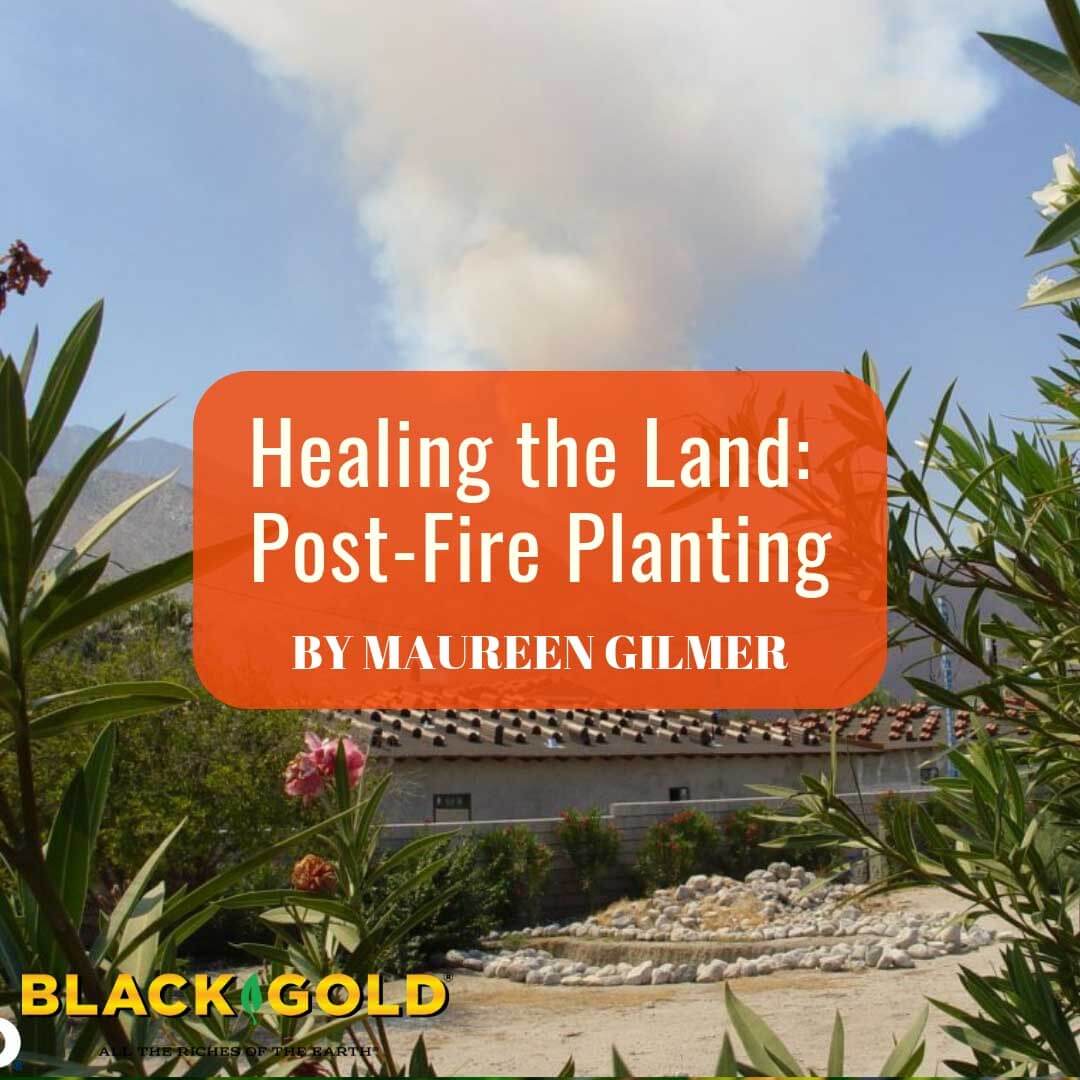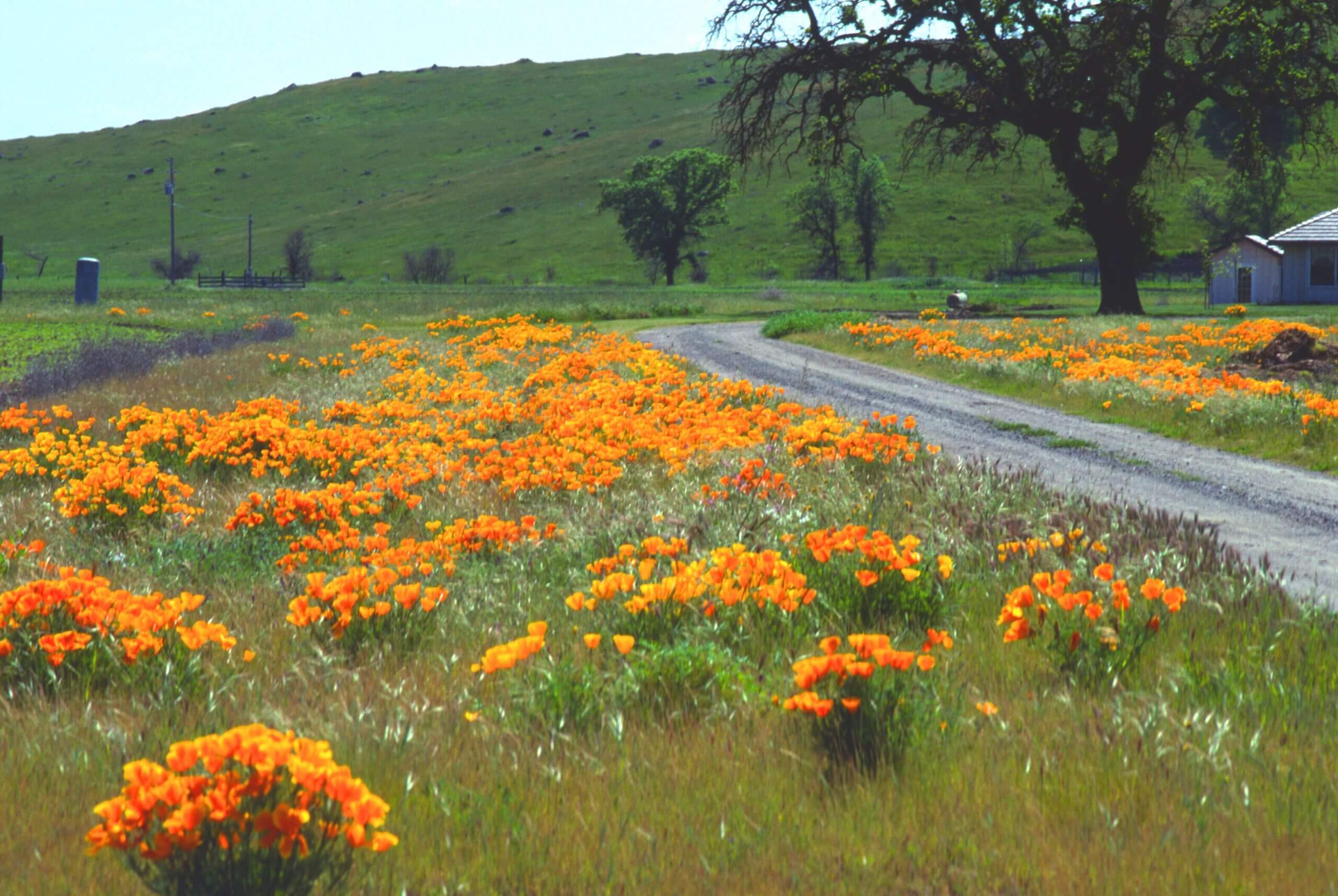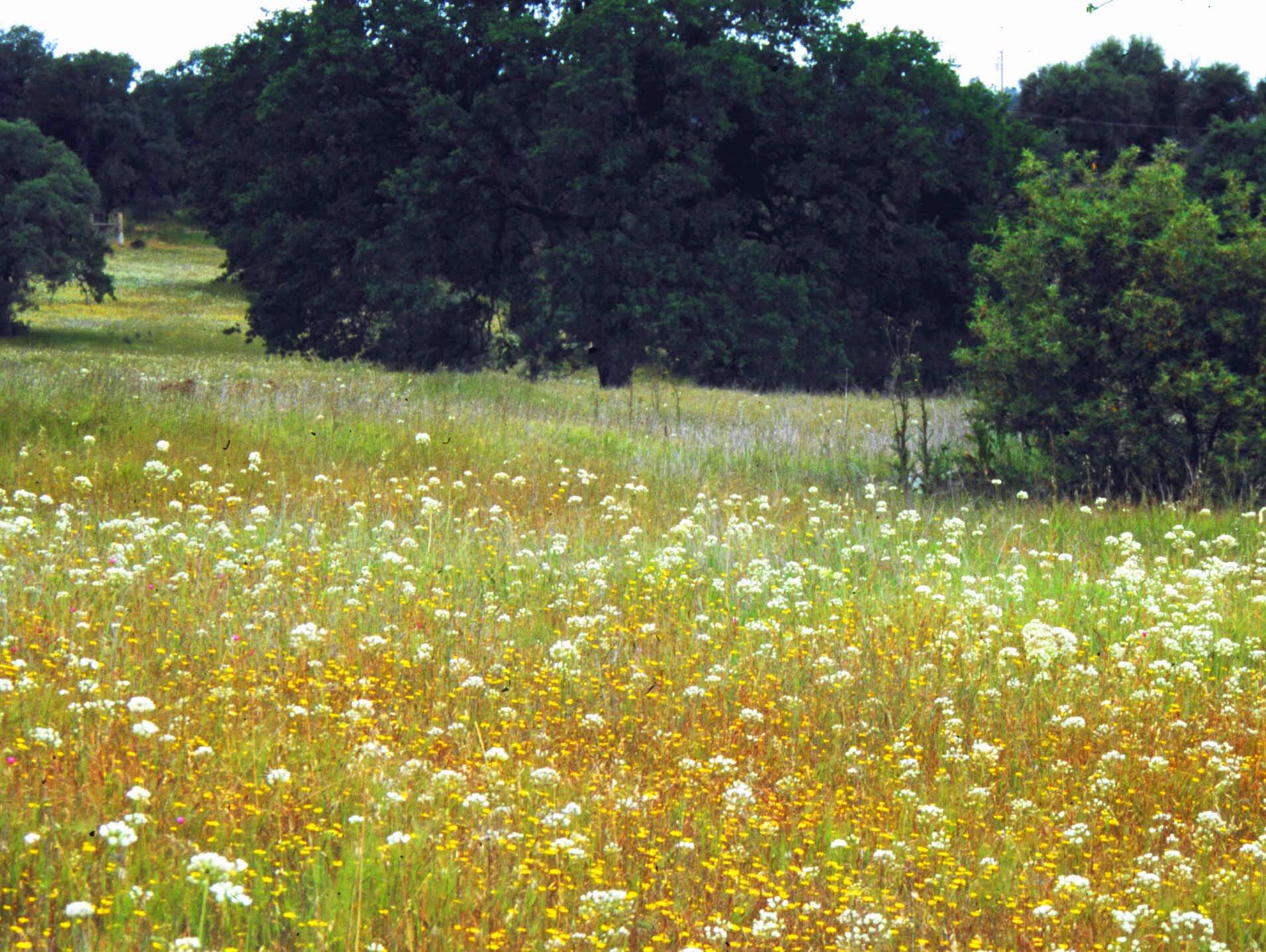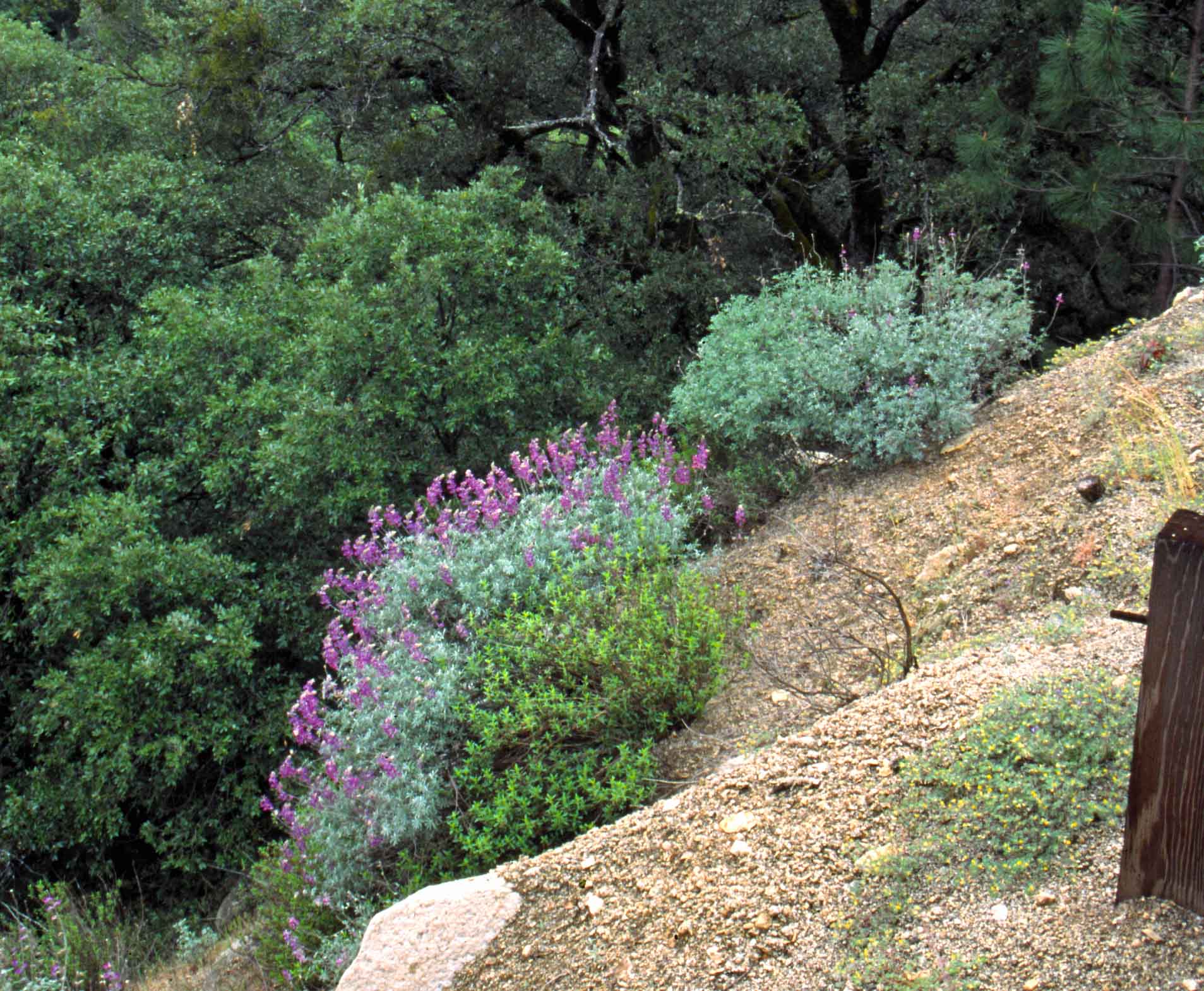
Wildfire is an equal opportunity killer. This year it took out multimillion-dollar vineyards in Napa County, CA just as ferociously as it destroyed a lot and block subdivisions in Santa Rosa, CA, neither considered high fire hazard locations (click here for the California Fire Hazard Severity Zone map). For all of those faced with a burned homesite or blackened land, there is one important thing to do as the winter rains come—stabilize your soils. This can be achieved by several seeding methods.
Aerial Seeding
The US Forest Service flies over newly burned forest land releasing grass seed during the California winter. It’s to help stabilize the newly exposed soils, so they don’t erode and fill waterways with sediment carried away by runoff. Seeded plants help to retain as much topsoil as possible by holding the surface layer with a network of roots. The plants themselves break the fall of raindrops, protecting soil-surface particles from being eroded with runoff. The result is much faster regeneration of the site in that first winter after a fire and increased revegetation going forward.
Home Seeding

Post-wildfire seeding by homeowners can be done with any seed mix, but those containing local native grasses and wildflower species will adapt the best. One seed source for Western states is S & S Seeds, a California company that produces bulk seed mixes for large-scale revegetation projects. Their Chaparral Sage Scrub Mix is a useful blend of native grasses, shrubs, and wildflowers that includes white sage, lupine, California poppy, and buckwheat. The seeding rate for this mix is 49 pounds per acre. To estimate how much you need, roughly calculate your square footage and order by the pound (43,560 square feet = 1 acre. To convert square feet to acres divide your property’s square footage area measurement by 43,560). At $60 per pound, this helps with estimating costs, too. Another recommended S & S mix is the California Native Wildflower mix, which contains all the local flowers to turn your blackened ground into a colorful show come spring!
Pasture Seeding

For those with farm animals and livestock, most of the non-irrigated pasture mixes of grasses and clovers work quite well, if seeded in the late fall. These will cover the earth with a nutritious group of plants to transform the black ashy mud that plagues these sites into rich cover. You’ll be able to graze animals there without any toxic plant concerns.
Large-Scale Seeding
For large-scale applications consider hydroseeding, but for average homesites invest in a paddle spreader ($50), which hangs on your shoulder like a big purse with a crank that flings the seed. It’s better than wheeled spreaders for seeding ground that is uneven, rocky, or debris covered. The hand-held spreaders fling seed up to 20 feet on all sides as you walk along, so they’re a good time saver. Shoulder bag or belly-spreaders are worth buying when sowing more than a half acre. Flingers ensure even distribution of seed, so the entire site blooms evenly.
Preparation and Fertilization

Because fire can actually consume the nitrogen, organic matter, and microbes in your soil, be prepared to fertilize the land after the new shoots are up and growing well. You can use the fling spreader to apply fertilizer granules over a large area, too. A dose of nitrogen-rich blood meal (12-0-0) or all-purpose lawn and garden fertilizer (16-16-16) will also help your landscape or pasture fill in quickly while you replace landscaping, fences, and livestock pens.
Timing
Timing is important to this process, so you need to have seed and spreader in hand at the start of the rainy season. Sow your seed as close to the start of the first heavy rain as possible. Sowing in advance leaves your seed on the barren ground where it’s easily consumed by birds and rodents. Sow the day before a good rain, and it will work your new seed down into the soil to immediately begin the germination process.
After you sow over your blackened earth, Mother Nature will take over. Soon, the bright green fuzz will spread across all that black ground. Then early annual wildflowers will emerge to help you celebrate a new beginning as nature demonstrates how to heal the land with flowers.


